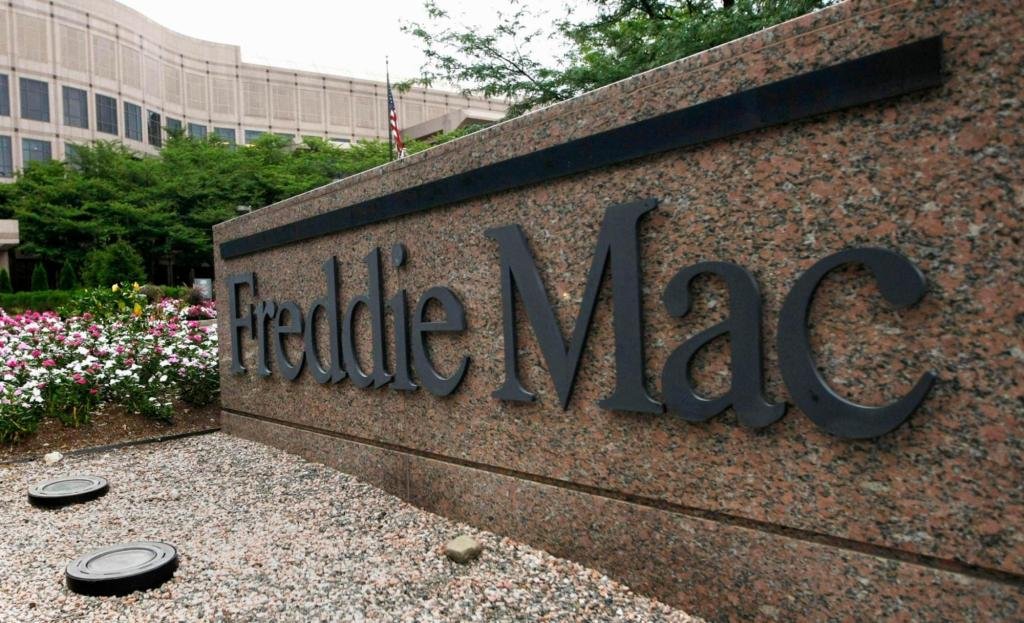The Rising Tide of Mortgage Rates: Impacts on Homebuyers and the Housing Market
In the suburbs of McLean, Virginia, a couple nervously scrolls through homes for sale on their tablets, their dreams of owning property slowly dissipating. Just last month, they felt hopeful as mortgage rates dipped; today, however, they glare at a new report revealing that the average rate for a 30-year fixed mortgage has risen to 6.72%, contrary to their expectations. This slight uptick, from 6.67% the previous week, appears modest on its face but carries significant implications for both their purchasing power and the broader U.S. housing market.
The Economic Landscape Shift
The return of rising mortgage rates marks the end of a temporary reprieve for potential homebuyers. As the Federal Reserve has persisted in its campaign to rein in inflation—boosting borrowing costs across the economy—many first-time buyers find themselves trapped in a complex web of dwindling affordability and stagnant wages. According to data from the National Association of Realtors (NAR), sales of previously occupied homes fell to their lowest levels in nearly three decades last year. Industry experts are divided on whether this slump is a passing phase or indicative of more entrenched economic issues.
The Psychological Burden of Rates
“Each basis point increase can add hundreds of dollars to a mortgage payment,” explains Dr. Sarah Connors, an economist with the Global Housing Institute. “This simple arithmetic complicates the emotional landscape for buyers, many of whom already face financial stress due to rising living costs.”
With a highly competitive housing market already pushing prices upward, many prospective homeowners are deterred from making offers. Combined with the facts that home prices have been slowly continuing to climb and consumer confidence remains shaky, it’s no wonder that many buyers are opting to delay their purchasing decisions significantly.
Current Mortgage Rates and Their Consequences
The current borrowing rates tell a stark narrative:
- 30-year fixed-rate mortgages average at 6.72%, a climb from 6.67%.
- 15-year fixed-rate mortgages now sit at 5.86%, up from 5.80% last week.
- In comparison, the previous year’s rates were 6.89% and 6.17%, respectively.
These increases are not merely numbers on a spreadsheet; they translate into tangible financial pressure for families. According to a recent study by the Economic Research Alliance, a 1% increase in interest rates can decrease homebuying capacity by nearly 10%, effectively pricing out thousands of potential buyers. “The higher mortgage rates exacerbate the affordability crisis in housing,” says Dr. Henry Wright, a demographic researcher specializing in housing trends. “We are likely to see long-term effects as available inventory drops and more buyers are sidelined.”
Buyer Behavior Amid Rising Costs
Homebuyers are adjusting their strategies as the housing landscape shifts. Many are resorting to alternative financing options or seeking properties in less competitive markets, even if it means relocating to areas with perceived lower quality of life.
“Buyers are now prioritizing affordability over ideal locations,” states Lisa Tran, a real estate agent in the Mid-Atlantic region. “Many are willing to look at previously undesirable neighborhoods, albeit at a cost to their commutes or local amenities.” Some buyers have also turned to unconventional solutions like rent-to-own agreements or seeking family assistance to bridge financial gaps. While these alternatives may provide a short-term fix, they come with their own set of risks.
The Role of Policy and Regulation
Experts point out that the current housing crisis is multifaceted, extending beyond just interest rates. The impact of government policies, zoning laws, and industry practices complicate an already volatile market. For instance, the lack of affordable housing construction has continued to aggravate the supply-demand imbalance.
“Policymakers need to think critically about solutions such as increasing the availability of low-income housing and reviewing zoning restrictions that limit new building projects,” emphasizes Dr. Connors. “The current environment calls for proactive measures to prevent a generation from being shut out of the housing market altogether.”
Remote work has also introduced new variables into the equation. With the rise of telecommuting, individuals and families no longer see geography as a limiting factor. Yet many regions are ill-prepared to accommodate this shift in demand, leading to upward pricing pressure in areas previously considered affordable.
Looking Ahead: What’s Next for Homebuyers?
As we move deeper into 2025, the question emerges: what’s next for prospective buyers and the housing market at large? The landscape remains murky, but several trends are apparent:
- Increased scrutiny of lending practices and tighter mortgage qualifications.
- Growing reliance on alternative financing options among buyers.
- Potential shifts in policy as local governments respond to housing shortages.
While homeownership remains a cornerstone of the American Dream, the pathway to achieving it continues to grow increasingly complicated. Buyers in McLean, Virginia, and nationwide may find themselves navigating a fluctuating financial terrain fraught with emotional strains and new challenges. Only time will tell how higher mortgage rates will reshape the fabric of the U.S. housing market—and if the dream of homeownership will remain within reach for future generations.









